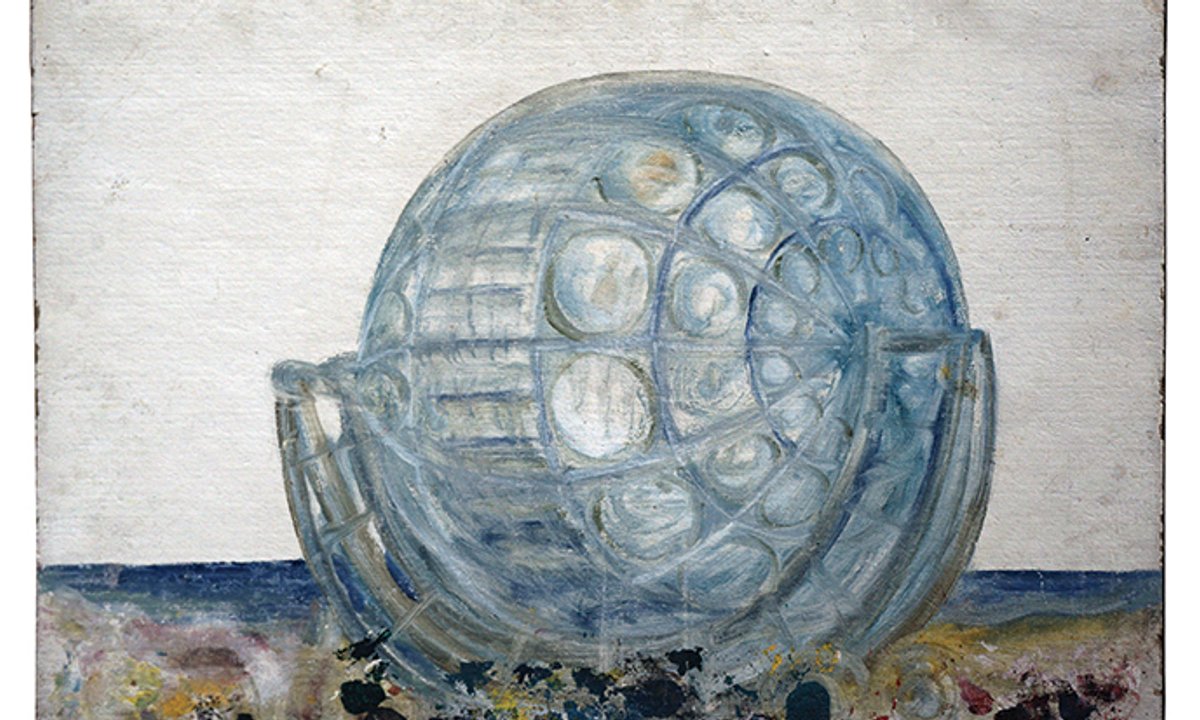Today, billionaires are rushing to colonise space, create new forms of artificial intelligence and extend lifespans. But these ambitions and ideas are nothing new. Cosmism, an early-20th-century movement based on the ideas of the 19th-century Russian philosopher Nikolai Fyodorov, was already exploring such concepts, and a new exhibition, Cosmism: Images From a Future Gathering at the Stedelijk Museum in Amsterdam, will explore how artists were influenced by these ideas.
“It’s so amazing how in the early 1900s, these very sci-fi, almost zombie apocalypse thought experiments had so much influence on artists,” says the exhibition’s co-curator, Robbie Schweiger. “This continued during the Cold War with the conquering of space. Now people are freezing their bodies again because they think they might get resurrected. Also, billionaires are going into space. [It is now] for the happy rich few [unlike] in the 1920s [when it was presented as an idea] that would unite all humanity in their struggle against death. So it has become something quite different.” He adds that he has not yet seen billionaires buying up Cosmist art.
Almost half the works in the show are by the Russian artist Vasily Chekrygin (1897-1922), an early proponent of Cosmist philosophy known for eschatological religious imagery and illustrating the philosophies of Fyodorov. Chekrygin was born in the Kaluga region of Russia, lived and studied in Kyiv, and was a protégé of the artist Mikhail Larionov. But Chekrygin died young, after being hit by a train in 1922.
“The main thing you see in [Chekrygin’s] works is the theme of the resurrection of the dead,” Schweiger says. “There are drawings where you see people, human figures, getting resurrected, some of them sort of defying gravity. You see them falling, you see them going up, you see them sort of screaming in despair.” According to Cosmism, the resurrected would live on other planets.
The Chekrygin works are on permanent loan to the Stedelijk from the Nikolai Khardzhiev collection, which ended up in Amsterdam in the 1990s. Khardzhiev was born in Ukraine and lived in Moscow where he put on shows of Chekrygin’s work in the early 1960s, before moving to Amsterdam where he died in 1996. His archive, including manuscripts by Chekrygin, has since been digitised and the originals handed over to Russia’s state literary archive.
A more recent addition to the Stedelijk is the work of the Ukrainian artist Fedir Tetyanych (1942-2007), sent by his son following Russia’s invasion of Ukraine in 2022. Schweiger says he first saw Tetyanych’s works, which often explore interplanetary colonisation, at the Pinchuk Art Centre in Kyiv in 2017 and was alerted from an Instagram post to the threat posed to them by the Russian invasion.
The show will also include Kazimir Malevich’s drawings of extraterrestrial structures and sketches by Natalia Goncharova made for the futurist opera Victory Over the Sun. Other artists from the early 20th century include Elena Guro, Gustav Klutsis, El Lissitzky and Mikhail Matyushin. Separate sections will feature two recent installations by contemporary artists: a Cosmist Reading Room by Anton Vidokle and Ruler of the Stars by Yelena and Viktor Vorobyev, a series of photographs showing a figure seemingly poking stars in the sky.
• Cosmism: Images From a Future Gathering, Stedelijk Museum, Amsterdam, until 3 March
